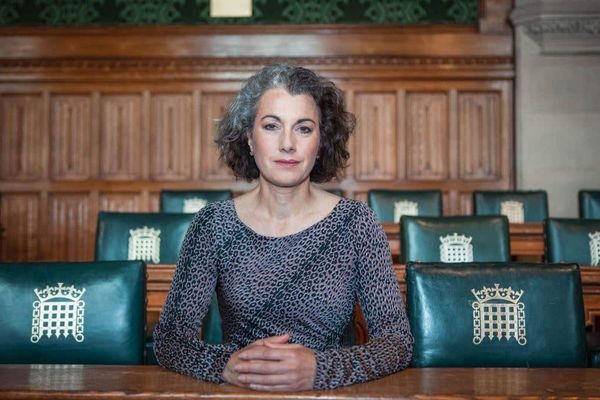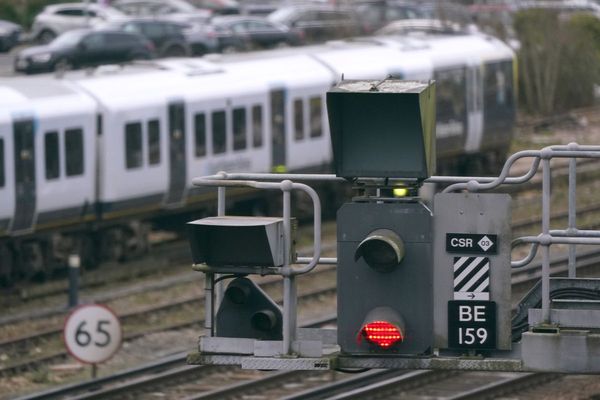Households are facing eye-watering rises on energy bills from today as the maximum amount firms can charge people on default tariffs is rising by an average of £693.
This is because the Ofgem price cap has risen today.
The energy regulator's cap is based on average usage, so use more energy and you'll pay even more than the proposed increase - with some households facing annual bills upwards of £2,000 from April 1.
The energy price cap was first introduced by Ofgem in early 2019 after the government called for a tool that could put an end to rip-off energy tariffs. It is calculated every six months to reflect the fair costs of supplying gas and electricity.
Are you struggling with energy bills and happy to tell us your story? Message mirror.money.saving@mirror.co.uk
But with wholesale costs through the roof, many 'cheap' fixed deals have now become extremely pricey, resulting in more than 22million people rolling onto SVTs.

The wholesale market price of gas and electricity plays the biggest role in determining the average energy bill.
For the winter energy price cap, effective last October, market costs made up more than 40% of the total cap, or £528 of the average £1,277 dual-fuel energy bill.
But in the new price cap from April, the market cost is more than twice as high at £1,077.
Energy suppliers typically buy their gas and electricity from the market in advance, so Ofgem determines the cost of buying energy from the market by tracking wholesale prices over a period of six months ahead of the next price cap period.
For example, the price cap in place over the winter months was based on the rising market prices recorded between February and July. However, the new price cap is based on surging market prices between August and January, when market prices reached record highs.
The standing charge is also rising from today. This is the fixed daily payment covering the cost of supplying your energy.
Ofgem caps this for people on standard variable tariffs, but it's still rising by around £71 a year (this is included in the cap).
Standing charges vary depending on where you are in the UK. This is because of the different costs of supplying homes in populated and remote areas.
In London, for example, it's rising 8p to 31p - that's a 38% rise. In Yorkshire, it's rising 21p to 48p - a 81% rise.
On average, it's rising by 20p a day.
Experts have also warned that market prices today could lead to even higher energy bills, of about £3,000 a year, by next winter as the Ukraine conflict continues to escalate.
The so-called safety net has been widely criticised by consumer groups and climate campaigners for doing more harm than good.
The energy price cap allows for the costs incurred by suppliers to deliver billing and metering services to their customers, including the installation of smart meters, while making a reasonable profit.
Energy companies were allowed to claim operating costs of £204 from the average annual energy bill under the winter price cap, but under the new price the cost allowance has grown by almost 10%, to £220.
The increase is in part because Ofgem’s allowance for supplier profits, which is set at 1.9%, is now included within operating costs rather than shown as a separate allowance.
The winter price cap allowed energy suppliers to claim £23 from each default energy tariff as profit. Under the new cap they will make over £37.







